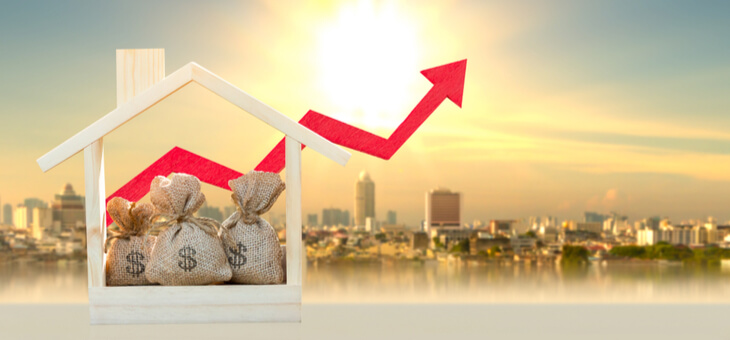If you’re thinking of selling your home or any other large asset, then you’ll need to factor in the capital gains tax (CGT). Here’s what you need to know.
CGT applies to the profit you make from selling any of your assets, such as property, shares or vehicles, cryptocurrencies or any other physical, digital or financial items that can be sold for a profit.
Although it’s known as CGT, it actually forms part of your income tax reporting and is not a separate tax.
When you sell an asset, if you sell for a price higher than what you paid for it, the difference between the buy and sell price must be reported on your income tax return as a ‘capital gain’. If you sell for less than you paid, it’s reported as a ‘capital loss’
Any capital gains are then taxed at your individual income tax rate. You (or your accountant) will need to work out how much tax you owe on any gains and set aside money to cover it.
Read: Age Pension, super and tax reforms sought in policy overhaul
As a basic example, let’s say you buy some shares valued at $5000. You keep the shares for six months, during which time the value of your shares rises to $5500. If you sell the shares now, you’ll have made a capital gain of $500, which is now subject to your individual income tax rate.
CGT applies to most real estate except for your primary residence. This includes rental properties, holiday houses, hobby farms, vacant land and business premises.
If your family home is located on a property larger than two hectares, then it may be subject to CGT if any of the land is used for business purposes.
CGT also does not apply to any assets that were acquired before 20 September 1985, the date CGT was first implemented.
When you acquire an asset
When you first acquire an asset through purchasing it, inheritance or by receiving it as a gift, the ATO says you should establish the date you acquired the asset and begin keeping records about the asset’s value.
Read: Tax cuts are on the way, but men set to be the big winners
This will make it much easier for you when it comes time to sell the asset and calculate the tax owed, as it is often many years between the date you acquire an asset and the date you sell it.
Exemptions and discount
In addition to your primary residence, a number of other assets are exempt from CGT, including granny flat properties and cars or motorcycles that carry loads of less than one tonne.
There is also a 50 per cent discount on CGT if you’ve owned the asset for more than 12 months. This means you pay tax on only half the capital gain on that asset.
How to calculate what you owe
When you sell an asset, CGT is payable on the net gain or loss of the sale. Net capital gains are defined as your gross capital gains minus any capital losses, any costs incurred holding or dispensing the asset and any discounts you may be eligible for.
Costs incurred holding or disposing of an asset include costs such as needing a surveyor, conveyancer, valuer or property inspector. This also includes stamp duty and other sales taxes.
Read: Could an inheritance tax be reintroduced?
The ATO lists the full range of costs that can be deducted from CGT here.
For example, say you buy an investment property for $500,000 and sell it five years later for $600,000.
When you bought the property, you also paid $15,000 in stamp duty and $1200 in conveyancing fees. When you sold the property five years later for $600,000, you incurred another $1300 in conveyancing fees and paid $12,500 commission to your real estate agent.
This gives a total initial purchase price of the asset plus associated sales costs of $530,000. If you sold the property for $600,000, then you made a capital gain of $70,000.
As you had owned the property for more than 12 months, the 50 per cent CGT discount was applicable making your capital gain for tax purposes $35,000.
The ATO has a handy CGT calculator that can help you figure out the tax on your own, otherwise you may need the help of a tax accountant to make sure you don’t get caught out.
If you enjoy our content, don’t keep it to yourself. Share our free eNews with your friends and encourage them to sign up.

